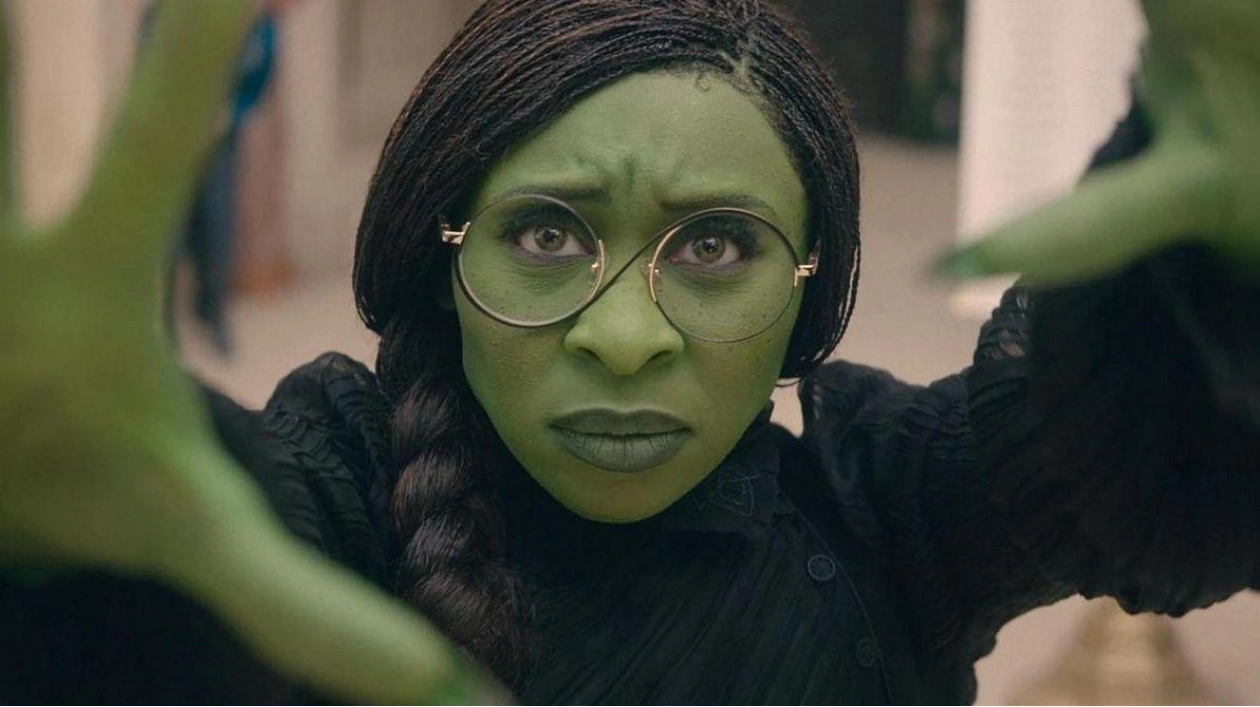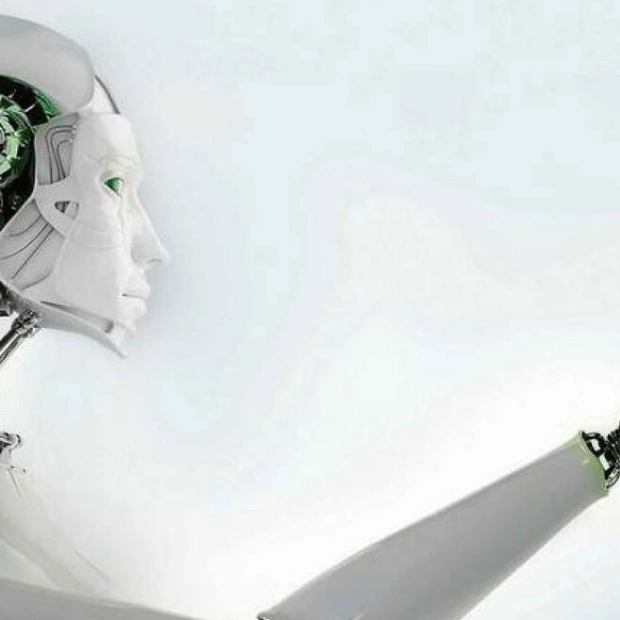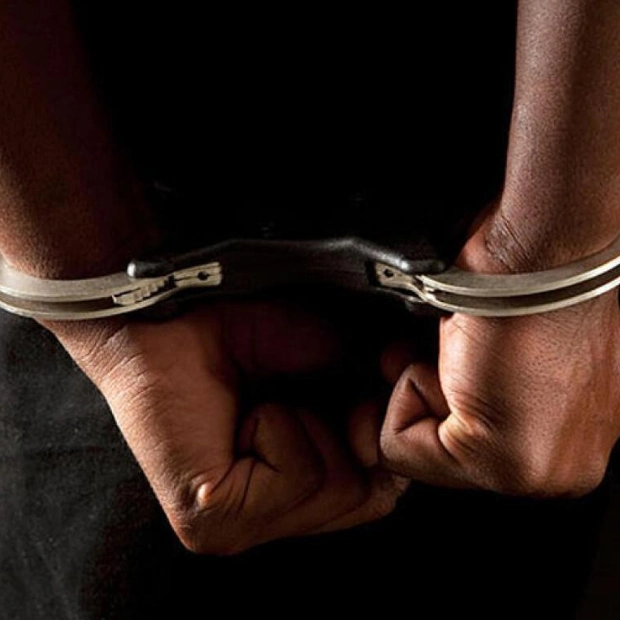Are you a good witch or a bad witch? This question, famously posed in Victor Fleming’s 1939 film The Wizard of Oz, has been a recurring theme in popular culture for centuries, with the lines between good and evil becoming increasingly blurred.
Many of us first encountered witches through fairy tales, where they were depicted as hags with long, crooked noses and toothless grins, like the Wicked Queen in Snow White and the Seven Dwarfs or Margaret Hamilton’s iconic Wicked Witch of the West. It was the latter’s image in the clouds that inspired American author Gregory Maguire to write Wicked in the early 90s, transforming one of cinema’s most notorious villains into a heroine to explore the nature of evil.
Wicked delves into the backstory of Elphaba before she became the Wicked Witch of the West, and her friendship with Galinda, who later becomes Glinda the Good. Bullied for her green skin and manipulated by the fascist Wizard of Oz, Elphaba’s mistreatment drives her to seek revenge, ultimately corrupting her. The novel quickly became a bestseller, spawning one of Broadway’s biggest musical hits. Its themes of female empowerment, friendship, and otherness resonated deeply with young women, contributing to its massive cultural impact.
A Hollywood adaptation of the musical, starring Cynthia Erivo as Elphaba and Ariana Grande as Glinda, is set to release in cinemas on November 22. This film serves as a reminder of our enduring fascination with witches, who, despite the presence of tin men and scarecrows, remain the most memorable and influential characters from The Wizard of Oz.
Witches were originally meant to be feared, not idolized: bitter crones with warts on their noses, envious of youth and beauty, and intent on corrupting and bringing death. For women, this portrayal became a particularly pervasive and insidious form of patriarchal control, enforcing the idea that women should remain young, pretty, and well-behaved, lest they be killed. Additionally, women were encouraged to be wary and judgmental of other women who dared to oppose these ideals.
Portrayals of witches often revolve around the Triple Goddess archetype, representing the cycles of womanhood: Maiden, Mother, and Crone. The Maiden is young, virginal, and beautiful; the Mother is cherished for her fertility and domestic roles; the Crone is elderly, vile, and spiteful. While the Crone has been the most prevalent throughout history, recent decades have shifted focus to the Mother and Maiden, reframing them as symbols of female expression, rebellion, and empowerment.
If Wicked encouraged us to understand and empathize with a villainous witch, films like The Craft, Maleficent, and The Love Witch made us realize that we are the witch. She represents the ugly self-hatred that bubbles through our thoughts, the suffocating grip of societal expectations, unrepressed sexual desire, female competitiveness and kinship, and the yearning to be free and to be “bad”—or as Robert Egger’s The Witch put it, “to live deliciously.”
The witch is a cauldron of contradictions concocted by the patriarchy, but more than that, she is a spectacular unraveling of ideals; an embodiment of women’s trauma and truth, and the power found in reclaiming ownership of ourselves.
Before we try defying gravity with Elphaba, let’s look at some of the most significant iterations of the witch in cinema, divided into two overlapping categories. In the 1922 silent film Häxan, one of the first films about witches, there is a quote: “The devil’s companion can be young and beautiful, but she is more often old, poor, and miserable.” The image of a warty crone has become synonymous with evil witches, their degraded looks intended to disgust and incite fear.
Anjelica Huston’s Grand High Witch in the 1990 film adaptation of Roald Dahl’s The Witches is one of the most memorable examples of this. When in the company of other witches and plotting to turn children into mice, she reveals her true self to be a grotesque gargoyle with drooping earlobes, sunken and scaled skin, talon-like fingernails, and an exaggeratedly long hooked nose. While somewhat dated now, the prosthetics still hold up as terrifying, especially when the witches scratch at their open scalp sores. It’s flesh that is infested with death and decay, an overt monstrousness that alienates evil, as if it could so easily be distinguished.
Other famous cinematic examples include Margaret Hamilton’s green-skinned Wicked Witch from The Wizard of Oz, Bette Midler’s hamster-toothed Sanderson sister in Hocus Pocus, and the Evil Queen from Disney’s Snow White and the Seven Dwarfs—a woman so desperate to remain the “fairest of them all” that she attempts to kill young Snow White with a poisoned apple, taking the form of an old hag to do so.
In this sense, the hag guise of the wicked witch has always been reflective of society’s obsession with female youth, women rejected once they reach a certain age and are no longer considered desirable to men. But the wicked witch is not always old and ugly. The Craft’s Nancy Downs (Fairuza Balk), for example, is a teenage goth and so-called “scary bitch” who becomes so obsessed with witchcraft and obtaining ultimate power that she is possessed by a dark deity that leads her on a murderous revenge spree.
As audiences have grown more fascinated with the backstories of villainous characters, and historically monstrous archetypes have become universal expressions of messy human emotions, it’s no longer so easy to define a witch as wicked. Instead, cinema is increasingly recognizing all the ways in which the wicked witch has been maligned; an empathetic woman driven to hatred through mistreatment, her actions suddenly viewed from a place of empowerment.
Throughout the 90s, witches were cool. It was a time of celestial whimsigoth decor, Mazzy Star, and a whole slew of TV shows about teenage spell casters. Meanwhile, on the big screen, films like Practical Magic, starring Sandra Bullock and Nicole Kidman as sisters using their inherited powers to navigate life and love, gave rise to the relatability of witches, turning a historically dark subject into something lighthearted and goofy. Within this cultural shift, witches also became more mainstream representations of feminism: strong independent women who banded together and could conjure a life for themselves free from patriarchal expectations (although many 90s witches did busy themselves with boys).
The Craft, one of the decade’s most defining horrors, took a darker approach, about a teenager who befriends three witches at school and casts magic against those they dislike. It spoke to a generation of misfits and outsiders, those who couldn’t see themselves in the Owens sisters’ Midnight Margaritas but recognized the ravenous rage within Nancy Downs. It sparked the question: What if we used our powers to destroy and break free from our oppressors?
In Robert Egger’s 2016 film The Witch, one of the past decade’s most lauded horror movies, a young woman named Thomasin (Anya Taylor-Joy) is banished to isolation with her Puritan family, finding counsel in a crone and embracing the feminine empowerment of rebelling against oppressive ideologies by becoming a witch.
That same year, Anna Biller’s tantalizingly technicolour The Love Witch portrayed a young, beautiful witch named Elaine (Samantha Robinson) casting love spells on random men she picks up and seduces, leading them to become so hopelessly infatuated—and unable to cope with such strong emotions—they end up killing themselves.
Luca Guadagnino’s remake of Dario Argento’s Suspiria uses dance to express his witches’ volatile, psychosexual-infused feelings of womanhood under a patriarchy, with a finale in which the protagonist Susie Bannion (Dakota Johnson) becomes head of the coven, Mother Suspiriorum, opening up her chest in a kind of rebirth and reclamation of autonomy. The empowered witch of modern times takes back control of her narrative, sometimes using her powers for good, other times to avenge the bad that’s been done to her. Through making the witch a symbol of both female frustration and freedom, we’re led to question who the real villain is in her stories. The one with magic powers? Or the society that sought to stifle them—and celebrated in her melting?
Wicked is out in cinemas worldwide on November 22.
Source link: https://www.euronews.com






